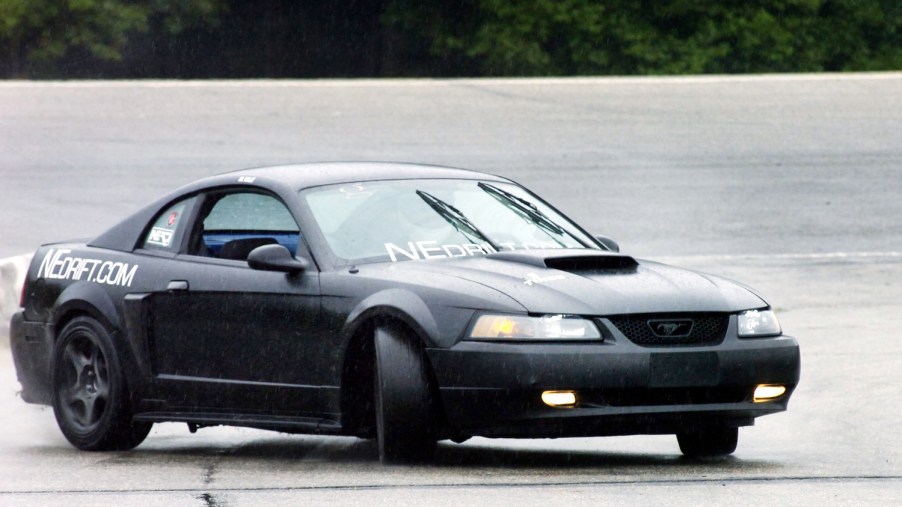
Oversteer vs Understeer: Regaining Control Isn’t the Same
Vehicle steering seems relatively straightforward — you turn the steering wheel in the direction that you want to go, the wheels turn in that direction, and that’s the direction your car goes in. If you’ve ever lost control of your vehicle, such as when hydroplaning or turning too quickly, chances are you know that steering control is only a portion of the fraction, and when you add in the complications of stressfully trying to regain control of the vehicle, sometimes you only have a split second to correct steering. Many people have experience understeer or oversteer at some point to some degree, but it isn’t obvious which is happening when if you don’t understand what these terms are even referring to when speaking of car safety and driving.
What is oversteer?
Oversteer is more common in rear-wheel drive vehicles, and terms like snap oversteer can be used to describe the driving woes of some older sports cars like the Toyota MR2 Spyder and Honda S2000. As the name suggests, your car oversteers when the wheels turn more than the driver desires — quite literally over steering the vehicle. If you’re a fan of the Fast and Furious Tokyo Drift movies, you may recognize oversteering as the name that is more common in the automotive world of motorsports: drifting. While drifting can be fun when done intentionally, oversteering when it isn’t intentional can be quite terrifying.
To correct your vehicle in case of oversteer, you may initially think to slam on the brakes, but this would only work to make your car lose control further. Instead, the best way to regain control of your vehicle in an oversteer situation is slowly let off of the gas and ease the steering angle.
What is understeer?

Understeer is more common in front-wheel drive vehicles and occurs when a vehicle’s tires turn less than the driver intends — understeering in the direction that the driver wants to go. It is typically easier to correct understeer than it is to correct understeer because of the way in which your car is moving, and if you were to slam on the brakes instinctually it wouldn’t create as dramatic of a response as oversteering.
If your vehicle begins to understeer, your initial reaction will likely be to try and correct the steering by increasing the turn of your wheel. This will lead you to lose control of the car even more. Instead, the proper and safe way to correct understeer is gently come off of the gas pedal and slowly apply the brakes — the exact opposite of what you should do if you were to oversteer.
Why does it matter?
Knowing the difference between understeer and oversteer is crucial, as the correction tactics and fixes for each situation are very different. Even more so, the correction for both is opposite to the other. You can sometimes predict what your vehicle is going to do if you haven’t experienced an understeer or oversteer by knowing what is more common for your specific vehicle.


